10 mysterious ciphers that have puzzled humanity for decades
Categories: History
By Pictolic https://pictolic.com/article/10-mysterious-ciphers-that-have-puzzled-humanity-for-decades.htmlWhen the complex code is finally solved, it may contain the secrets of world leaders, secret societies and ancient civilizations. Here are the ten most mysterious ciphers in the history of mankind, which have not yet been solved.
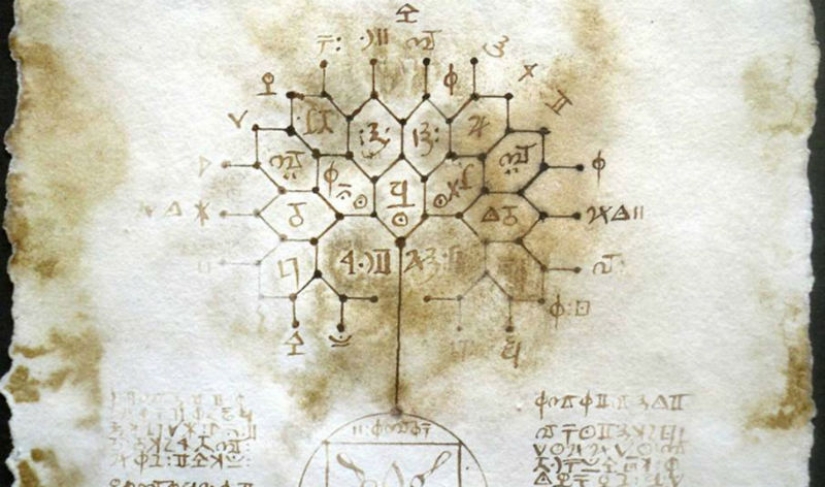
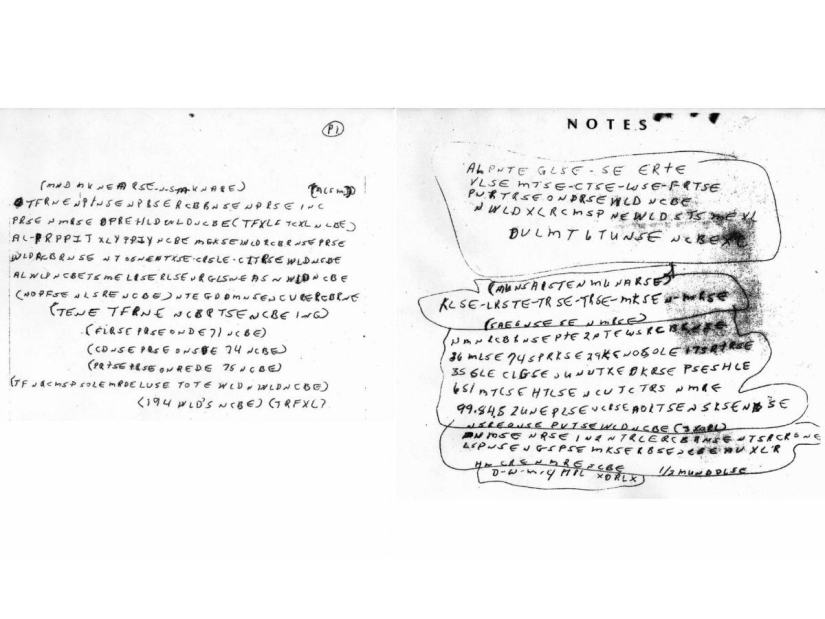
In June 1999, 72 hours after one person was reported missing, a body was found in a corn field in Missouri. What’s strange is that the corpse decomposed more than it should have in such a time. At the time of his death, 41-year-old Ricky McCormick had two encrypted notes in his pockets. He was unemployed with a high school education, living on welfare, and didn't have a car. McCormick also served time in prison for raping a minor. He was last seen alive five days before his body was found, when he went for a routine check-up at Forest Park Hospital in St. Louis. Neither the FBI's cryptanalysis unit nor the American Cryptanalytic Association were able to decipher these notes and made them public 12 years after the murder. Investigators believe the mysterious notes were written approximately three days before the murder. McCormick's relatives claim that the murdered man used this technique of encoding messages since childhood, but, unfortunately, none of them knows the key to this code.
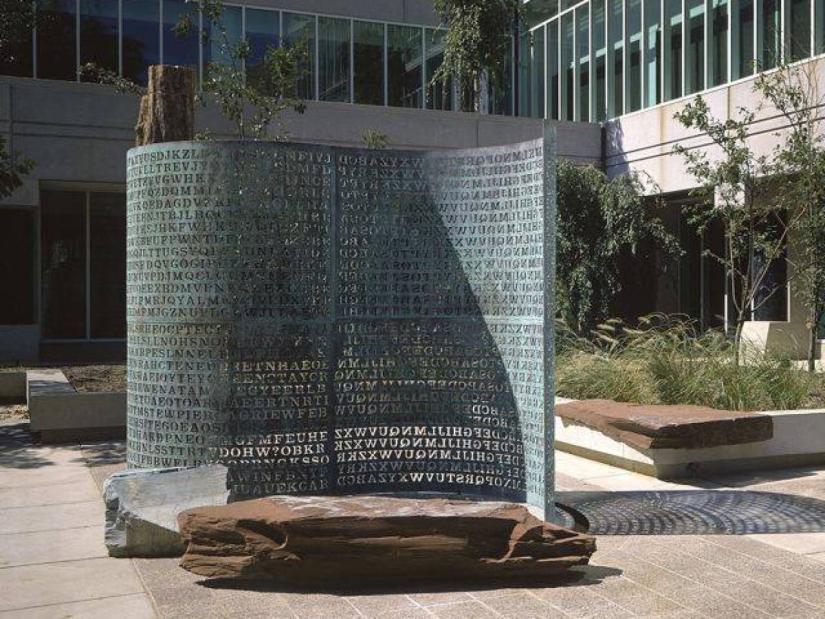
This is a sculpture by American artist Jim Sanborn, which is installed in front of the entrance to the CIA headquarters in Langley, Virginia. It contains four complex encrypted messages, three of which have been decrypted. 97 symbols of the last part, known as K4, remain undeciphered to this day. Deputy head of the CIA in the 1990s, Bill Studman, tasked the NSA with deciphering the inscriptions. A special team was created that was able to solve three of the four messages in 1992, but did not make them public until 2000. The three pieces were also solved in the 1990s by CIA analyst David Stein, who used paper and pencil, and computer scientist Jim Gillogly, who used a computer.
The decrypted messages resemble CIA correspondence, and the sculpture is shaped like paper coming out of a printer during printing.
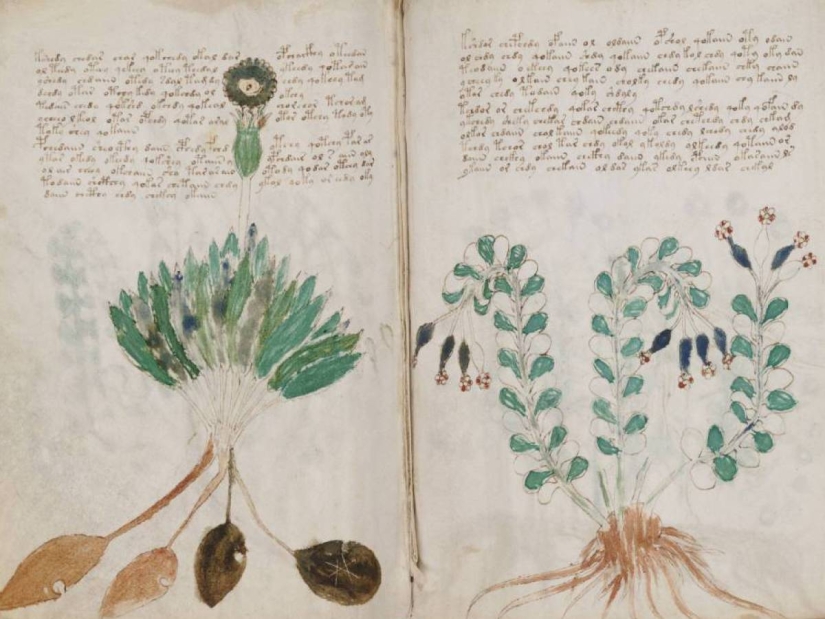
The Voynich manuscript, created in the 15th century, is one of the most famous mysteries of the Renaissance. The book bears the name of the antiquarian Wilfried Voynich, who bought it in 1912. It contains 240 pages, and some pages are missing. The manuscript is full of biological, astronomical, cosmological and pharmaceutical illustrations. There's even a mysterious fold-out astronomical table. In total, the manuscript contains more than 170 thousand characters that do not comply with any rules. There is no punctuation or breaks in the writing of the encrypted characters, which is unusual for handwritten ciphertext. Who created this manuscript? Researcher? Herbalist? Alchemist? The book once allegedly belonged to the Holy Roman Emperor Rudolf II, who was interested in astrology and alchemy. Leon Battista Alberti, Italian writer, artist, architect, poet, priest, linguist and philosopher, could not choose just one activity. Today he is known as the father of Western cryptography, and he lived during the same years when the manuscript was created. He created the first polyalphabetic cipher and the first mechanical cipher machine. Maybe the Voynich manuscript is one of the first experiments in cryptography? If the code of the Voynich manuscript is deciphered, it could change our knowledge of the history of science and astronomy.
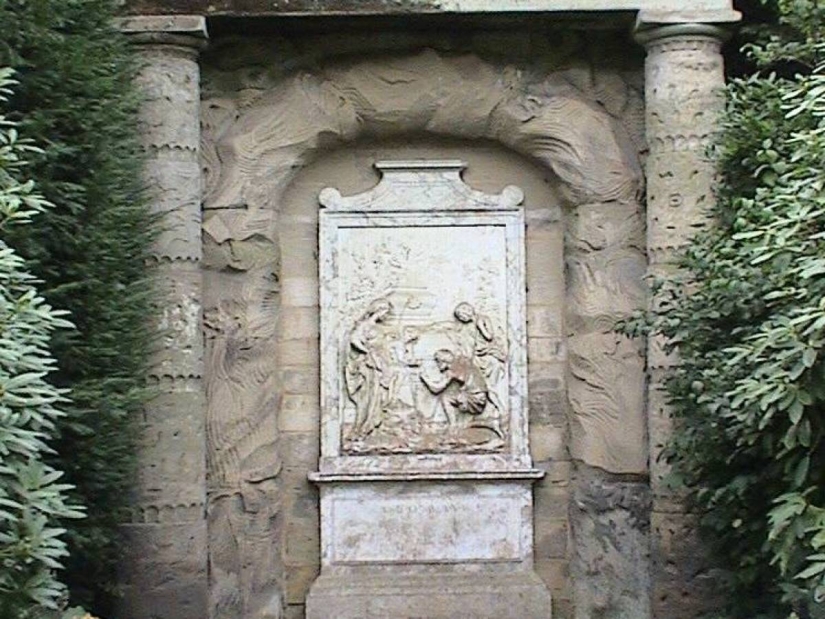
The Shepherd's Monument is located in picturesque Staffordshire in England. It was erected in the 18th century and is a sculptural interpretation of Nicolas Poussin's painting "The Shepherds of Arcadia", although some details have been changed. Below the painting is a text of 10 letters: the sequence O U O S V A V V between the letters D and M. Above the image of the painting are two stone heads: a smiling bald man and a man with goat horns and pointy ears. According to one version, the man who paid for the monument, George Anson, wrote an acronym for the Latin saying "Optimae Uxoris Optimae Sororis Viduus Amantissimus Vovit Virtutibus", which means "To the best of wives, the best of sisters, the devoted widower dedicates this to your virtues." Former CIA linguist Keith Massey associated these letters with the verse of John 14:6. Other researchers believe that the cipher is associated with Freemasonry. Former Bletchley Park analyst Oliver Lawn has suggested that the code may be a reference to Jesus' family tree, which is unlikely. Richard Kemp, head of the Shugborough estate, initiated a publicity campaign in 2004 that linked the inscription to the location of the Holy Grail.
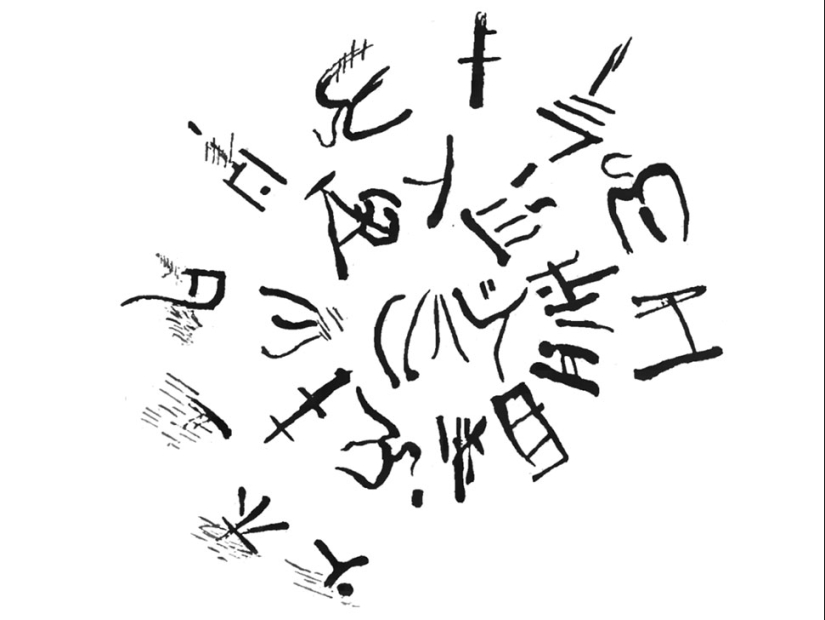
Linear A is a form of Cretan script that contains hundreds of characters and has not yet been deciphered. It was used by several ancient Greek civilizations between 1850 and 1400 BC. e. After the Achaean invasion of Crete, it was replaced by Linear B, which was deciphered in the 1950s and revealed to be an early form of Greek. Linear A was never deciphered, and the codes for Linear B are not suitable for it. The reading of most signs is known, but the language remains unclear. Mainly its traces were found in Crete, but there were monuments of writing in this language in mainland Greece, Israel, Turkey, and even in Bulgaria. It is believed that Linear A, which is said to be the predecessor of the Cretan-Minoan script, is exactly what can be seen on the Phaistos Disc, one of the most famous archaeological mysteries. It is a fired clay disk approximately 16 cm in diameter, dating from the second millennium BC. e. and found in the Phaistos Palace on Crete. It is covered in symbols of unknown origin and meaning.
1000 years after Creto-Minoan, the Eteocretan language appeared, which cannot be classified and may be somehow related to Linear A. It is written in the letters of the Greek alphabet, but it is definitely not Greek.
The English composer Edward Elgar was also very interested in cryptology. In memory of him, the first encryption machines of the early 20th century were named after his work “Enigma Variations.” Enigma machines were capable of encrypting and decrypting messages.
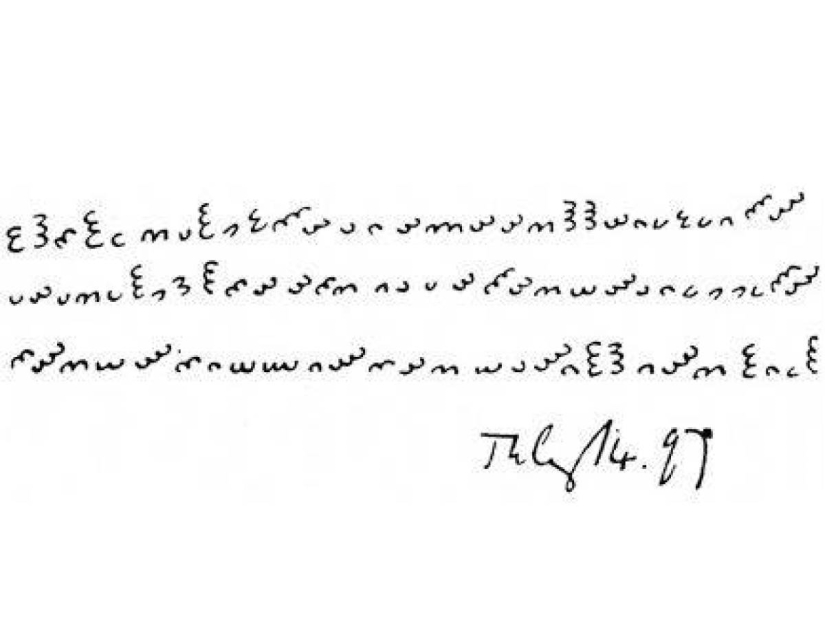
Elgar sent his friend Dora Penny a “note to Dorabella” - that’s what he called his friend, who was twenty years younger than him. He was already happily married to another woman. Maybe he and Penny were having an affair? She never deciphered the code he sent her, and no one else was ever able to do so.
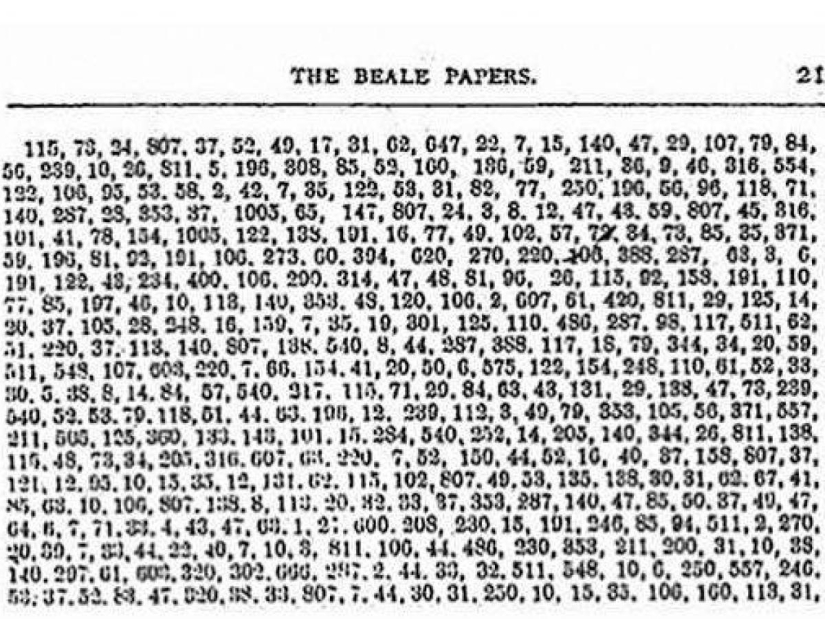
A man from Virginia who creates ciphers containing the secrets of hidden treasure is something out of the realm of Dan Brown, not the real world. In 1865, a pamphlet was published describing the enormous treasure, which today would be worth more than $60 million. It has allegedly been buried in Bedford County for 50 years. Perhaps the man who did it, Thomas J. Bale, never existed. But the brochure indicated that Bale gave a box containing three encrypted messages to a hotel owner, who did nothing with them for decades. Bale was never heard from again. The only message from Bale that has been deciphered states that the author left a huge amount of gold, silver and jewelry in a stone cellar six feet deep. It also says that another code describes the exact location of the cellar, so there should not be any difficulties in finding it. Some skeptics believe that Bale's treasure is a hoax that was successfully used to sell brochures for 50 cents, which would be $13 in today's money.
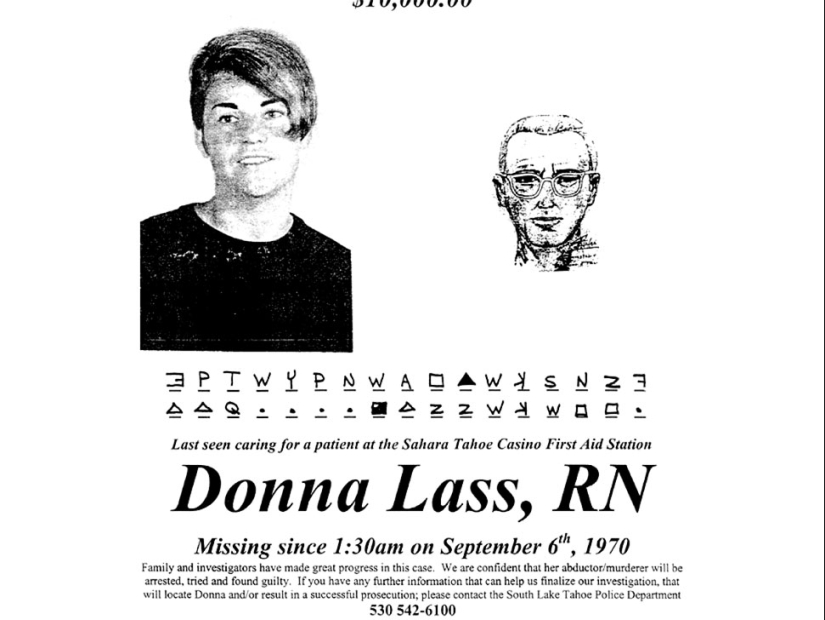
A notorious California serial killer known as the Zodiac has teased San Francisco police with several codes, claiming that some of them will reveal the location of bombs planted throughout the city. He signed letters with a circle and a cross, a symbol representing the Zodiac, the celestial belt of thirteen constellations. The Zodiac also sent three letters to three different newspapers, each containing a third of the 408-character code. A schoolteacher from Salinas saw the symbols in a local newspaper and cracked the code. The message said: “I like killing people because it's a lot of fun. This is more fun than killing wild animals in the forest, because man is the most dangerous animal of all. Killing gives me the most thrill. It's even better than sex. The best thing awaits when I die. I will be born again in paradise, and everyone I killed will become my slaves. I will not tell you my name because you will want to slow or stop the recruitment of slaves for my afterlife."
The Zodiac took responsibility for killing 37 people and was never found. He has imitators all over the world.
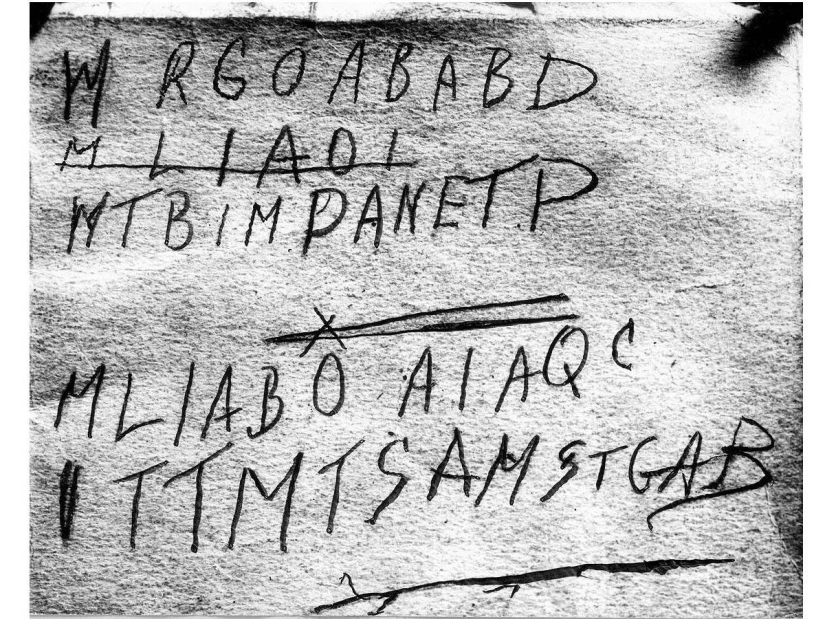
In December 1948, the body of a man was found on Somerton Beach in Australia. The identity of the deceased could not be established, and the case is shrouded in mystery to this day. The man could have been killed with an undetectable poison, but even the cause of death is unknown. The Somerton man was wearing a white shirt, tie, brown knitted pullover and taupe jacket. The tags on the clothing were cut off and the wallet was missing. The teeth did not match any existing dental records. In the unknown person’s pocket they found a piece of paper with the words “tamam shud”, or “finished” in Persian. Later, when publishing material on this topic in one of the newspapers, a typo was made: instead of “Tamam,” the word “Taman” was printed, as a result of which the erroneous name went down in history. It was a fragment of a page from a rare edition of the collection “Rubaiyat” by the 12th century Persian poet Omar Khayyam. The book was found and on the inside cover was written a local phone number and an encrypted message. In addition, a suitcase with things was found in a storage room at a nearby railway station, but this did not help identify the murdered man. Could the Somerton man be a deep-cover Cold War spy? Amateur cryptographer? Years pass, but researchers are still no closer to a solution.
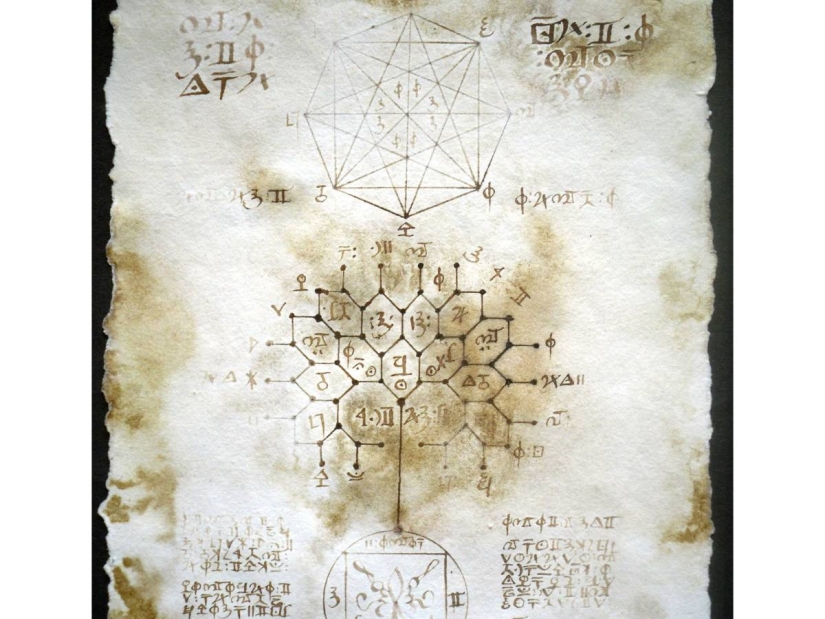
This mystery is the newest of all the ones listed, as it was only made public in 2011. The Blitz Ciphers are several pages discovered during World War II. They lay for years in wooden boxes in one of the basements in London, which was opened as a result of German bomb attacks.
One soldier took these papers with him, and it turned out that they were full of strange drawings and encrypted words. The documents contain more than 50 unique calligraphic-like characters. It is not possible to date the documents, however, according to the popular version, the blitz ciphers are the work of occultists or masons of the 18th century.
Recent articles

There are many places in the world where only the chosen ones can be. The cities of Mecca and Medina in Saudi Arabia are well known ...

This collection of photos will clearly please the little inner perfectionist who lives in each of us. It doesn't matter how much ...

If you don't feel good about the donut you ate for lunch, relax - it can get worse ... At least you didn't eat the ...